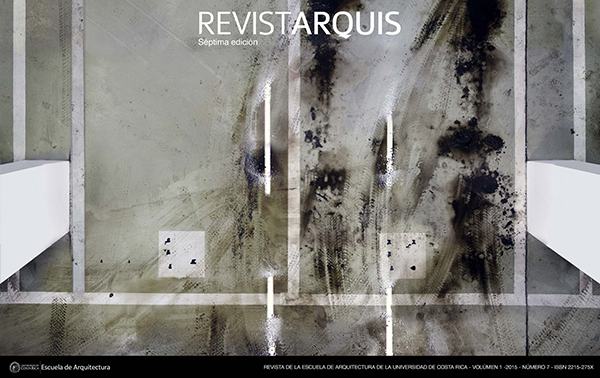Abstract
If the claim to the right to access the city is a struggle for a more human city, then in this struggle the architect plays a key role as intermediary between the citizen and the urban environment; to take the city, act on it, join causes, communicate, learn, facilitate decision making and create change. Thus, the right to the city proposes to reverse the pyramid of power on which the mechanisms of a centralized state are based: “top-down” administration and traditional urban planning. But what does the reversal of power look like? Better yet, what tools do architects have today to undertake this struggle for a more human city? And, finally, how is this task linked to the current practices of traditional urbanism?##plugins.facebook.comentarios##
Downloads
Download data is not yet available.

